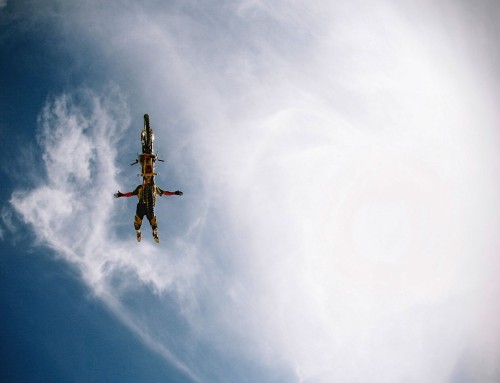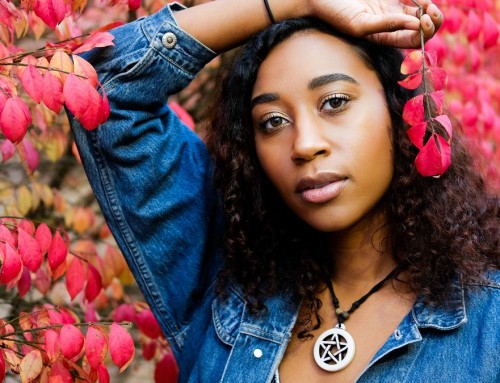We recently interviewed three working photographers for our Exposure X2 introduction video to learn how they’re using Exposure to handle their editing workflow.
Kim Ross is a Pittsburgh, PA-based photographer who focuses on garden photography and industrial heritage sites. “Gardens and grunge,” as she describes it. Kim has been using Exposure since it was first released, and has used Exposure to handle all of her photo editing and organizing since Exposure X.

Here are the highlights from our chat with Kim.
Why Exposure?
Exposure gives me the flexibility to quickly make beautiful images from everyday photographs.
Where Exposure fits into her workflow
I start using Exposure from the moment I plug in my data card. I can begin working on my pictures, making creative decisions and rating, almost instantly.
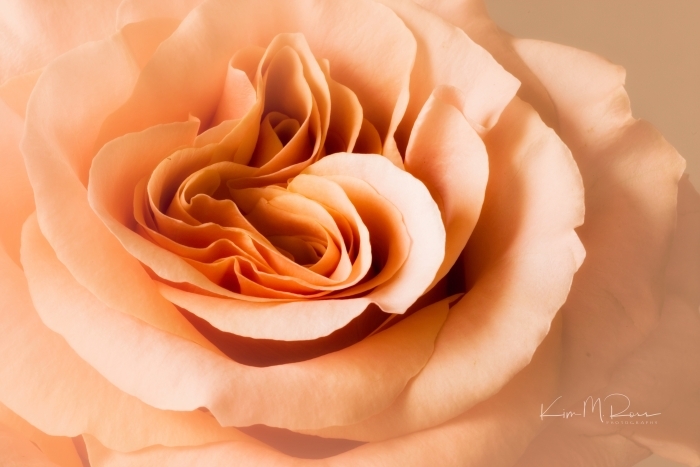
Image © Kim Ross
Learning curve
It’s intuitive. The first time I used it, I felt like I was an expert at it.
Working remotely
I use my Dropbox folder so I can share the images that I’m working on with my computer at home if I’m on the road.
Staying organized
I use the metadata to search for images, which is really helpful. I can also rate my images using the stars.
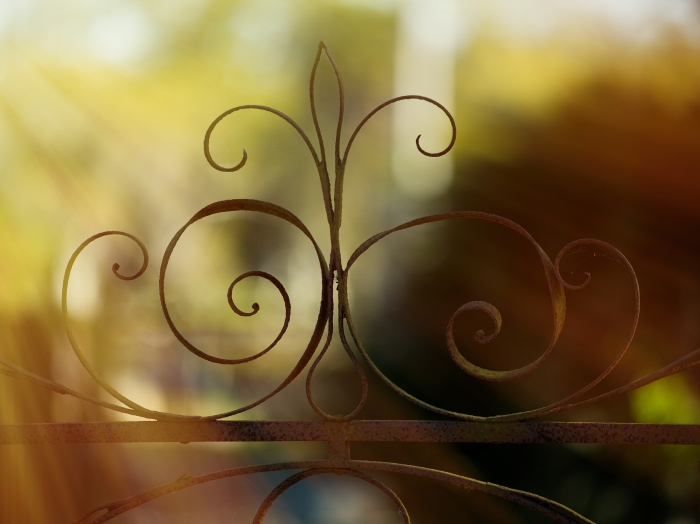
Image © Kim Ross
Efficiency improvements
The layout is wonderful. I like the intuitive nature of the editing panel. Exposure offers an easy, intuitive way to work.
I use Exposure with a Wacom tablet and I find that it’s seamless. The pen tracks beautifully.
Exposure’s presets
These presets make my art shine. I particularly like the ability to layer the presets.
I’ve worked with some of the film that Exposure’s presets simulate, and sometimes I like Exposure’s presets more. I particularly like that I can get more contrast. If I’m working with Fuji film, I like that I can warm it up and get more contrast as well.
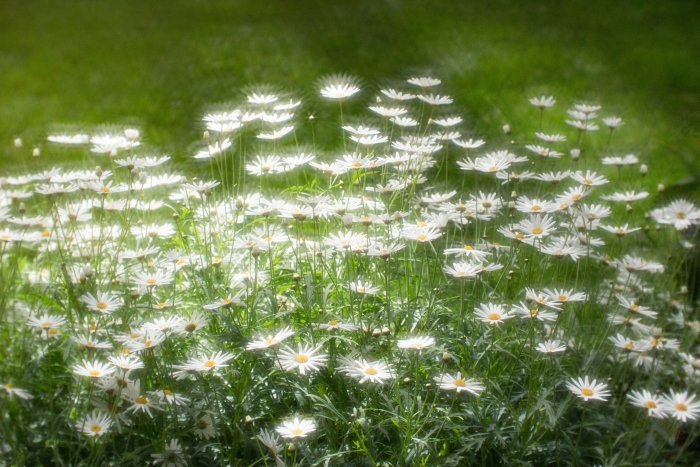
Image © Kim Ross
Favorite editing tools
I usually start in the Basic panel. I like editing the saturation in the color channels, and doing the curve adjustment.
I also like the spot healing tool and the crop tool. I’ll align the horizon if it’s not quite level.
I enjoy using the brush tool for still life photography, to put more light on my subject while making the rest of the background a little darker.
The fact that the mask shows me where I am putting my edit is very helpful as well.
I shoot with a Lensbaby lens, but if I don’t have it with me, Exposure’s bokeh enables me to get that look.
Exposure vignettes are soft and really focus the attention on the subject when I’m doing children’s photography.
I can do everything I need to do to an image within Exposure. I don’t need to move out to another editor.
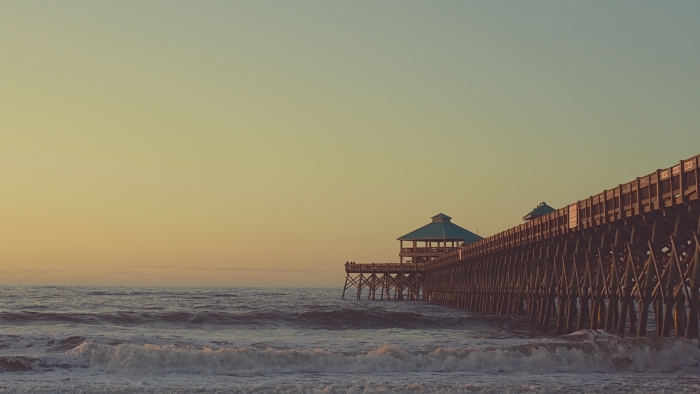
Image © Kim Ross
Creative possibilities
Exposure gives me an edge. When I first began using Exposure, I went through all of the presets. I’m glad I did, because now when I shoot, I know what I’m going to get with the presets. So when I’m shooting, I’ll have an idea of what presets I want to use for that particular subject.
I like that I can control the amount of grain in an image. I think that nice grain look is something we’re missing in the digital age.
Flower photos are beautiful using Exposure. I can soften, clarify, and saturate it just to the right amount.
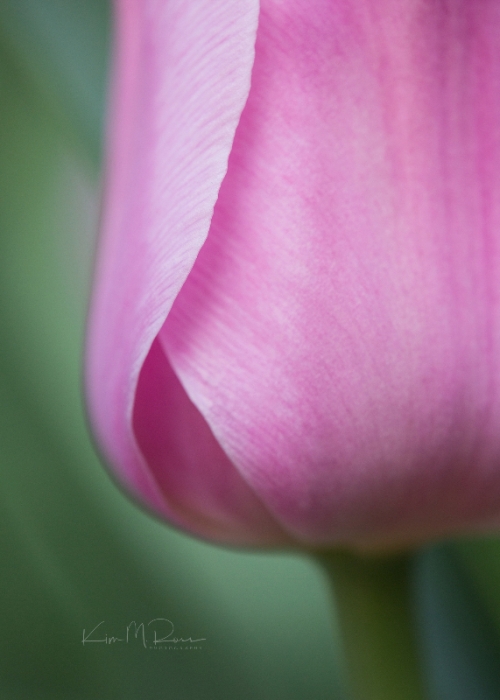
Image © Kim Ross
To see more of Kim’s work, visit her Facebook page.
Try Exposure Today








